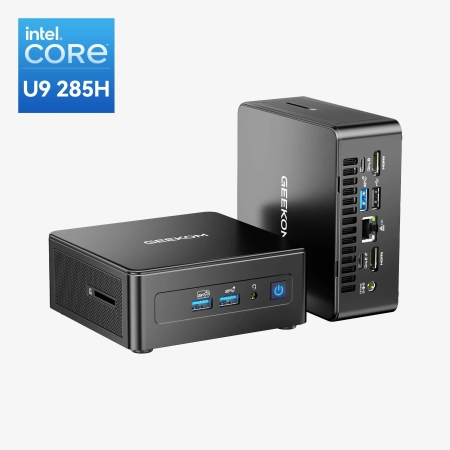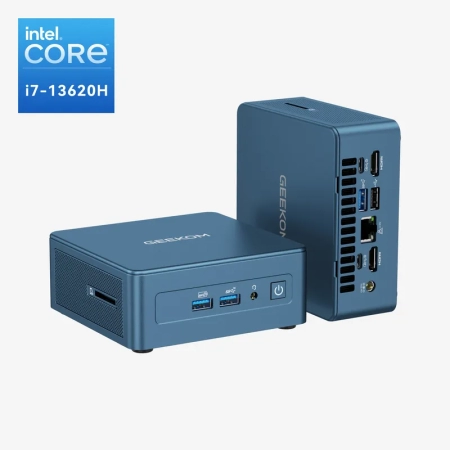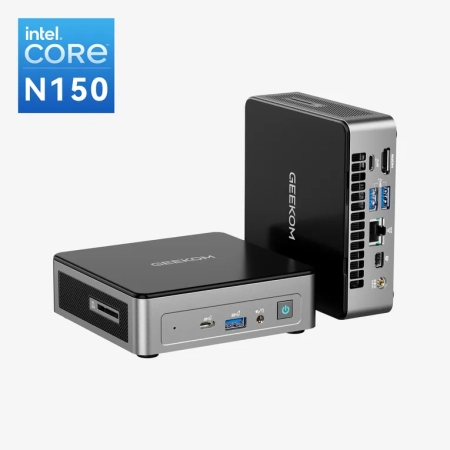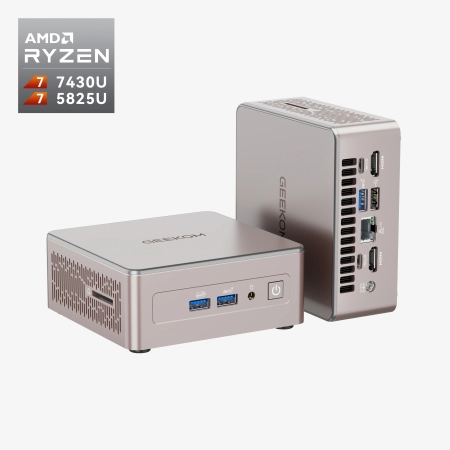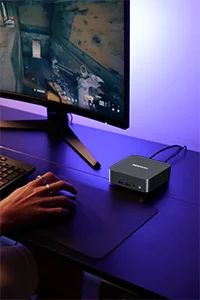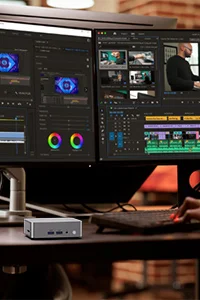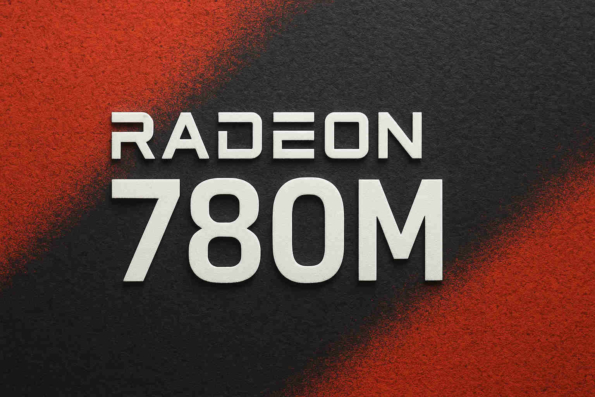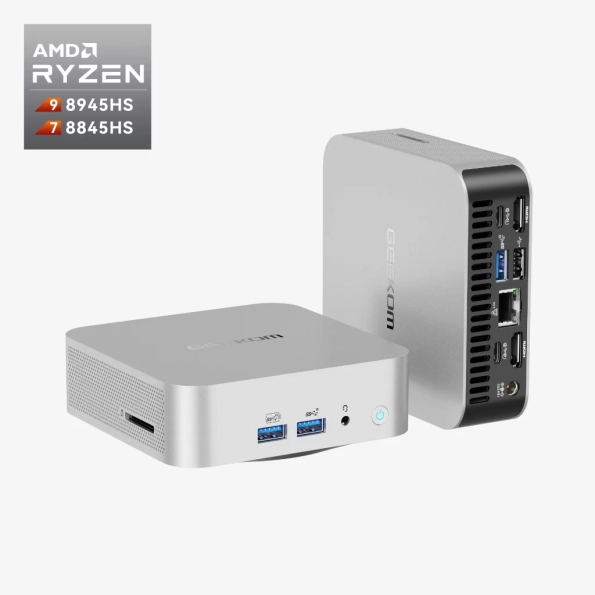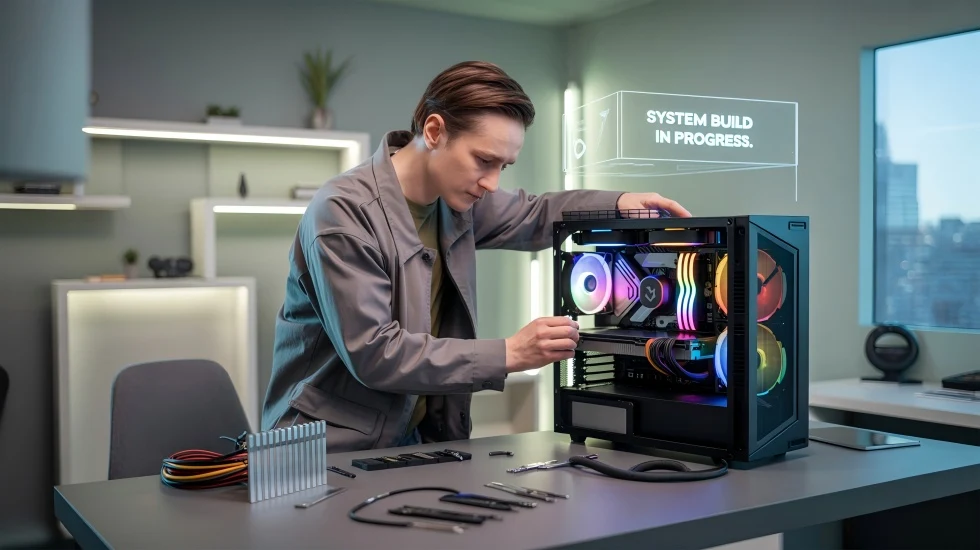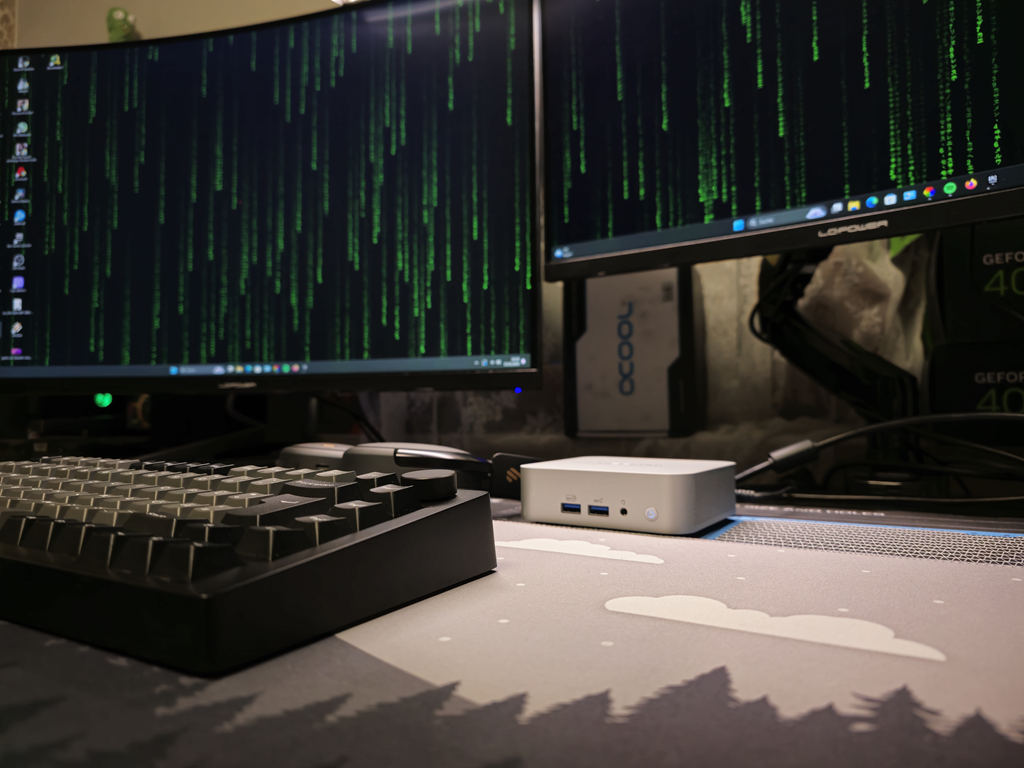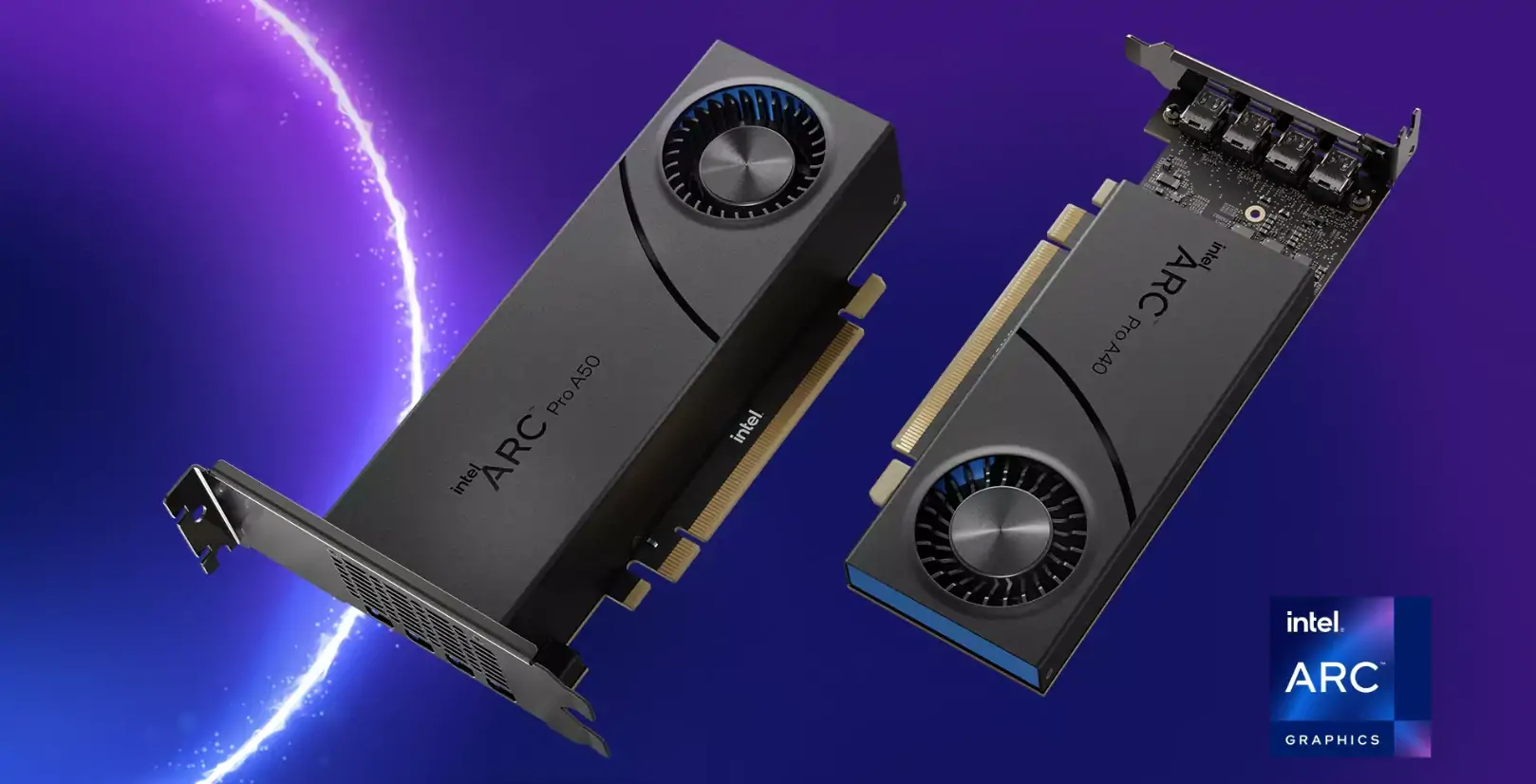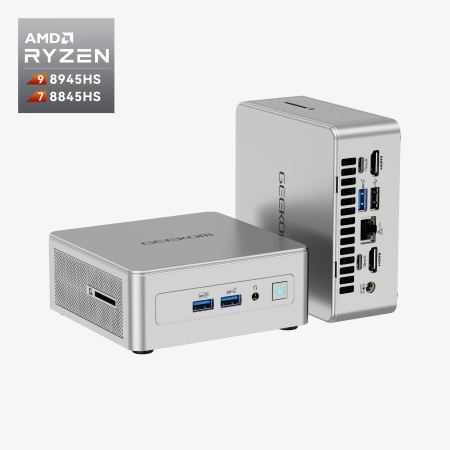Introduction: What is the Radeon 780M? Key Improvements Over the Previous Generation
The Radeon 780M is AMD’s most recent integrated graphics solution that is targeted at outperforming the currently available GPUs. The Ryzen 7040 “Phoenix” mobile processors are cited as the ones that have the 780M module, which are the new products of the RDNA 3 architecture and are produced on 4nm nodes. This has made the performance significantly better and more efficient than the previous generation Radeon 680M.
The 780M product is a leap forward after the already impressive with its RDNA2 design and 6nm fabrication. In terms of the processing unit, it is the same at 12, but its clock speed is much higher, up to 3.15 GHz. At the software level, the switch to RDNA 3 architecture is responsible for better utilization of the shader core extractions on the GPU through the process of better instructions per clock and a more intelligent power and control system that is now possible (which also allows the GPU soft start to be given a minimal amount of electricity and time).
There are 12 ray tracing cores in the 780M die that have a direct path to the GPU only, which is the first for AMD’s integrated graphics, and it is the most outstanding feature in this case. The discrete GPUs are still superior, however, within the capabilities of the GPUs; they allow for een stuk meer hardware-accelerated ray tracing dan een game die die mogelijkheid heeft kan verwerken. Another capability of the 780M is its LPDDR5 and LPDDR5X memories, which serve as the GPU’s energy sources and do it in a more timely manner.
All in all, the Radeon 780M serves as a powerful reference point, catering to the rising game’s workload and the outstanding performance of the artefact for the purpose of remaining in suitable thin and light laptops.
Technical Specifications
The Radeon 780M utilises AMD’s RDNA 3 architecture and takes advantage of TSMC’s 4nm process that significantly improves both frequency and energy efficiency. The new process node allows the GPU to reach higher core frequencies and have better performance, given the same amount of power compared to the Radeon 680M, which was based on 6nm. The graphics chip has 12 compute units, which equals 768 stream processors, without any change from that of the 680M, but the performance per clock has been enhanced due to architectural improvements.
The power settings of the device determine the speed of the clock. Therefore, the GPU’s turbo speed can go up to around 3.15 GHz. The total graphics power (TGP) is very scalable and starts from 15 watts in low-power specifications and goes up to 54 watts in devices targeting the performance segment of the market, such as the majority of gaming laptops and smaller PCs. This diversity of options for TGP makes the OEMs capable of balancing the battery life and the raw graphics power of the products.
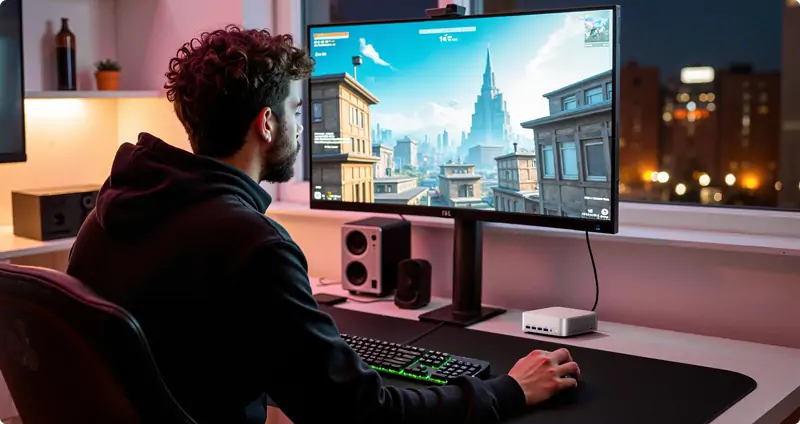
Texture mapping units (TMUs) and render output units (ROPs) have been set at 48 and 32 to maintain the same level of texture and rendering throughput, which is important. The GPU’s cache system consists of 128 KB of L1 cache per compute unit and a shared 2 MB L2 cache that minimises the data access time and increases the performance of memory in general.
Memory bandwidth is always one of the main factors for a discrete GPU, so the 780M GPU fully utilizes the fastest LPDDR5 and LPDDR5X standards, which are both types of fast memory, thus allowing the GPU to have more than enough bandwidth, as well as relatively smooth frame rates and quicker reactions than what was achievable with the previous platforms. This is how the GPU gets the data speedily so that it can produce smooth frame rates and maintain response times.
With the 780M, HDMI 2.1 and DisplayPort 2.1 interfaces are used to generate the respective outputs, serving up to four monitors at the same time, including 4K and 8K resolutions. DirectX 12 Ultimate (feature level 12_2), Vulkan 1.3, and OpenCL 2.1 are some of the modern graphics APIs that the GPU can support, making it fully compatible with the latest game titles and rendering software for professionals.
Version: Performance Analysis
When compared to the previous generation, the Radeon 780M has a good performance improvement and thus distinguishes itself within the market of integrated graphics. When it comes to gaming, the 780M can deal with popular esports titles like CS: GO, DOTA 2, and Valorant without any problem, playing them smoothly at 1080p with medium to high settings. Even some AAA games, such as Gears 5 and Resident Evil Village, can be played at 720p to 1080p with medium graphics quality. This is quite a feat for an integrated GPU, especially when one considers the power and thermal limits of ultra-thin laptops and mini PCs.
By overclocking the GPU, one can achieve clock speeds of up to 3.15 GHz, which will allow for an increase in gaming performance of up to 37% under certain conditions. Nevertheless, this action should be accompanied by careful thermal management to avoid performance throttling, even though the Radeon 780M is equipped with hardware ray tracing using the 12 RT cores. Real-time ray tracing has yet to be a common, useful feature due to its limited performance possibilities.
As far as creative work is concerned, the 780M stands out in workloads that require a lot of computing and processing. This GPU makes use of OpenCL and Vulkan APIs quite well and shows a substantial improvement over the 680M for such tasks as video editing, 3D rendering, and content generation. Video codec hardware acceleration of AV1, H.264, and H.265 technologies makes it very compatible for a variety of multimedia tasks and workflows. Based on benchmarks like Geekbench 6 and Blender, it can be seen that tasks like computing performed by the 780M are very close to those made by entry-level discrete GPUs like the GTX 1650, which is great considering the 780M is an integrated solution.
The architectural enhancements, combined with the higher clock speeds and increased memory bandwidth of the Radeon 780M, allow it to keep up the frame rates during the same gaming and application creative performance and ensure the responsiveness level of the system. It isn’t just raw performance: the card also efficiently uses power, which results in a high figure of merit and could be a perfect solution for ultra-mobile and subnotebook platforms with integrated graphics but in need of a performance boost. Enjoy a lag-free gaming experience for all types of games or get the best visual performance for projects in restricted spaces with the 780M GPU.
Competitive Comparison
The Radeon 780M presents a clear performance increase of around 20%, thus certainly outpacing its 680M predecessor in synthetic benchmarks and real-world gaming tests. The two chips have the same 12 compute units and 768 shaders. The 780M has, however, benefited from the movement to a 4nm process and RDNA 3 architecture, causing an increment in IPC and performance per watt. This is why it can have higher clock speeds, which can reach 3.15 GHz as compared to 2.4 GHz of the 680M, and wider memory bandwidth, thus providing a better gaming experience and quicker creative works. Additionally, the 780M brings 12 dedicated ray tracing cores to the table, a feature the 680M lacked, though ray tracing on integrated graphics is still unlikely to go far since it is still seriously limited by power, and the thermal factor remains a big issue.
The Radeon 780M is in a much better position than Intel’s Iris Xe Graphics G7. It is more powerful in total benchmarks by approximately 70-80%, as it boasts a theoretical maximum of 4.3 TFLOPS, as opposed to 2.4 TFLOPS of Iris Xe. This increases the performance difference, e.g., regarding the 780M frame rates in games at 1080p or QHD, etc. At the same time, the 780M is endowed with the support of upcoming APIs and hardware ray tracing, unlike Iris Xe. Finally, the 4nm process technology that has been employed in AMD’s fabrication in comparison with Intel’s 10nm SuperFin technology enhances the power efficiency and the density of the chip’s performance, thus, at the same time, making the 780M a priority for integrated GPU performance.
Mini PC Featuring Radeon 780M
The Radeon 780M has been adopted by quite a few models of mini PCs, effectively providing the users with the solid graphics performance of a discrete GPU minus the bulk. The special attraction of the GEEKOM A8 mini PC provides an AMD Ryzen™ 9 8945HS or Ryzen™ 7 8745HS chip, 32GB of DDR5-5600 RAM, and a 1TB or 2TB M.2 2280 PCIe SSD. The device is USB4 compliant and has Wi-Fi 6E, with HDMI 2.0 and DisplayPort 2.1 supporting multiple 4K screens; that is, it can be used in various scenarios for gaming or productivity.
- AMD Ryzen™ 9 8945HS or Ryzen™ 7 8845HS.
- AMD Radeon™ 780M graphics card.
- Dual-channel DDR5 5600MT/s, up to 64 GB.
- M.2 2280 PCIe Gen 4 x 4 SSD, up to 2TB.
- Wi-Fi 6E and Bluetooth® 5.2.
The average price of mini PCs with Radeon 780M graphics costs about $1500-1900, which is not its downside; it offers everything a customer might need in terms of size and performance. These are the kinds of small-sized machines that will do the work for gamers, content creators, and businessmen as well, who, despite being engaged in business, are capable of adapting their needs for complex graphics in the form factor of a mini PC.
Future Outlook
Although the AMD Radeon 780M has brought a leap in what can be termed integrated graphics technology, this arrival still has a long way to go. The gaming stability and performance of the product are expected to grow as a result of regular driver updates that will continuously bring out the true potential of the hardware. Let’s take the OEMs’ cooling solutions and power delivery as examples. The 780M’s overclocking potential is likely to be more efficiently extracted, which, in turn, will lead to the frame rates being pushed even higher without consuming more power.
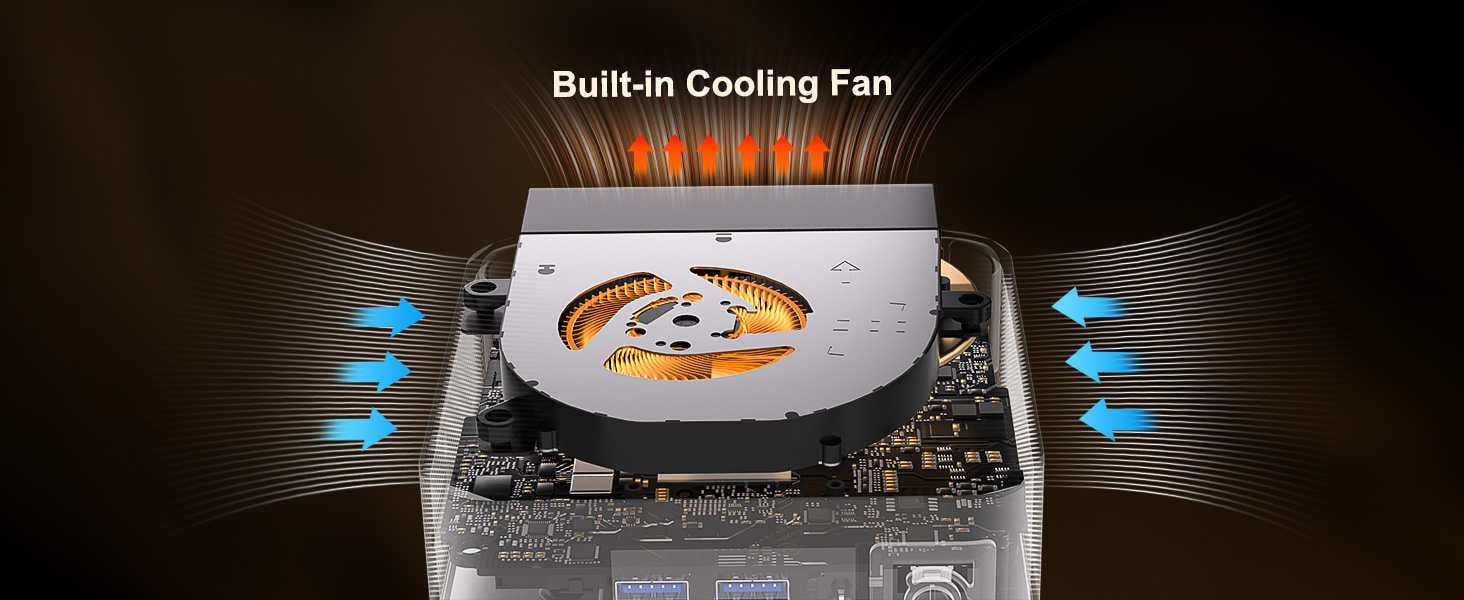
It is foreseeable that the GPU architecture will figure more in ultraportable laptops and upcoming handheld gaming devices, for instance, in the ASUS ROG Ally, where devices must be small yet have powerful graphics. The fact that Intel’s iGPU data has confirmed the market has enough room for them to compete with AMD and has not eliminated the feeble discrete graphics level rightly means that the latter will promote even faster innovation, making AMD put more effort into developing features like ray tracing and AI acceleration.
Integrated graphics based on the RDNA 3 architecture in its future generations will be characterised by increasing power efficiency, richer multimedia support, and smarter resource utilisation. The Radeon 780M graphics card sets the first stone of a solid foundation that allows one to dream of a future in which integrated graphics will gradually be self-sufficient in terms of more and more demanding workloads without the extra weight or power consumption of discrete GPUs.
Conclusion
AMD presents the Radeon 780M, which is excellent at accelerating integrated graphics performance at a new level by marrying AMD’s RDNA 3, which is the third generation, with a 4 highly advanced nm process. This achievement was impossible before, and the ultrathin laptops and mini PCs by high-end AMD can already be called ultra-portable gaming and creative studios. The Radeon 780M is now combining higher clock speeds, better memory support, and hardware ray tracing functionality to narrow the gap between integrated GPUs and entry-level discrete GPUs.
In the meantime, there’s potential for large-scale application of ray tracing and a significant step to be made in terms of power optimisation. The 780M is like the base of a very solid house of future integrated graphics solutions, as it meets this challenge while keeping a good balance of power and efficiency, which can be the most important thing for the world that will want both, i.e., discrete as well as integrated cards. Regardless of the usage—gaming, working with the content, or daily office work productivity—the Radeon 780M is definitely an amazing and completely new product in the integrated graphics field.


